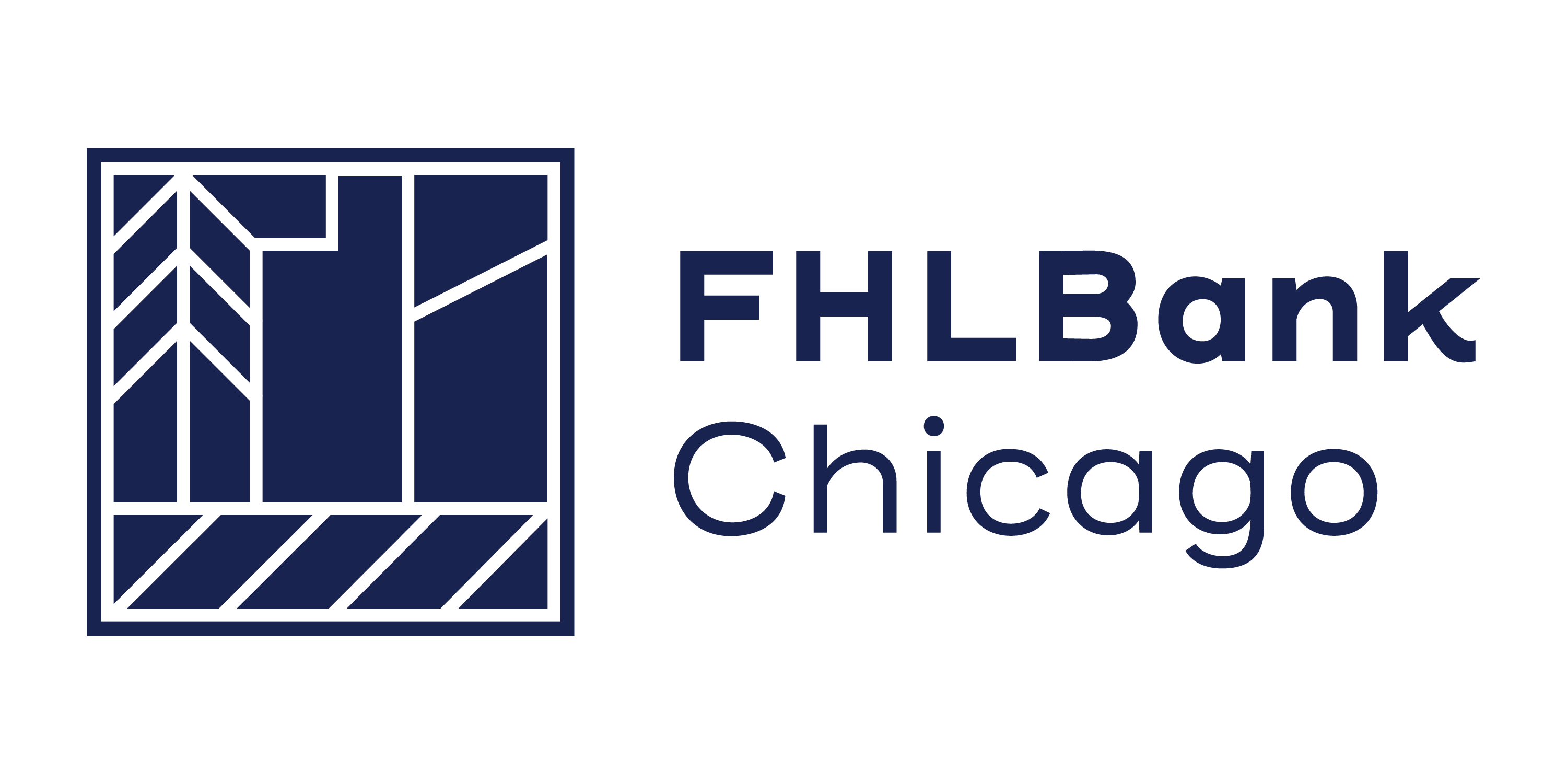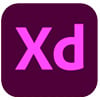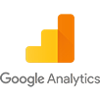
Achieving organizational change with UX
Guiding a financial institution through a
significant customer experience overhaul.
A subpar UX is not just a design issue or a matter of aesthetics. It’s a strategic concern that impacts a business’ competitive edge.
We helped The Federal Home Loan Bank of Chicago (FHLBank Chicago) take their UX to the next level, delivering business resiliency, operating scale, and incredible value to their members.
Summary
nvisia partnered with FHLBank Chicago, a government-sponsored enterprise providing reliable funding to support liquidity goals, housing finance, and community investment to financial institutions, on a significant overhaul of eBanking, their member-facing transactional portal (members in this case being banks and other financial institutions, not banking customers).
Operating at what we deemed a “limited” stage of UX maturity while facing a target adoption rate of 100% for its eBanking services, the client had quite a hill to climb to get to a portal with a modern, intuitive design that would allow members to easily find relevant information and execute self-service features.
To get there, we set out to build a culture of support for UX that would allow us to craft a unified vision for the project—an effort without which FHLBank Chicago would be challenged to advance its UX maturity. Crafting this vision required a clear identification of challenges and risks, documentation of business goals of the end product, and a thorough understanding of product users.
Results
In the end, we helped FHLBank Chicago achieve their goal of crafting a seamless, secure customer experience with their new B2B application, while setting them up to save time and money as they manage the application going forward. For example, we:
- Introduced new self-service features leading to a significant reduction in support tickets, driving down the volume and duration of member call-ins
- Gave voice to application users through more than 30 interviews and follow-ups
- Performed extensive research across end user groups, business stakeholders, and tech teams in order to develop comprehensive business requirements, journey maps, and goals
- Established brand consistency across the application, shortened the development cycle, and eliminated the need to redesign elements from scratch
- Introduced a standardized UX framework to support consistency, scalability, and adaptability
- Built organizational trust and fostered alignment around the desired CX
The nvisia team did an outstanding job on all the UI design work including working with all project stakeholders and our members to capture our feature requirements! Thanks for all your professionalism and hard work.
The Full Scoop
Challenge
The FHLBank Chicago team was aware of frustrations with their existing UX—everything from complaints of navigational challenges, slow response times, and fragmented access to a high volume of support requests and lack of self-service features. They were also grappling with outdated tech and evolving business goals, further exacerbating the limitations of their existing tools. They understood the value of UX, but UX work was limited and largely aspirational.
What our client needed was a plan with a clear set of goals, and detailed steps for how to achieve those goals. And they needed it in the context of an organization-wide culture of support for UX that would allow them to collectively manage (and reduce) multiple dependencies across different projects, identify and meet the needs of various stakeholder groups, and address the business and technological challenges standing in the way of UX maturity.
For the nvisia team, then, the challenge was as much organizational and operational as it was technological. And this complex space between business, tech, and end users is precisely where the nvisia Customer + User Experience Team thrives.
Approach
Re-platforming is a complex initiative that takes patience, creativity, and discipline. Done right, it requires a necessarily holistic, evidence-based approach encompassing process design and technology in the calculated pursuit of business objectives.
The product our client needed to re-platform was a B2B application used to provide loans to member banks and other financial institutions, one of FHLBank Chicago’s most important legacy applications. That additional layer of dependency and significance—customer-facing users at member financial institutions relying on the software to be easy to use, consistent, reliable, and secure—raised the stakes and added to the complexity of the project.
It also necessitated that we take what we call “an eye for the enterprise.” How do we ensure a consistent experience across all impacted applications? How do we approach third party tool selection, particularly of tools that could be used across multiple applications, in order to avoid tools that might hinder the user experience? How do we define product components and analyze the flexibility of their front-end framework to ensure that we don’t develop any unfeasible styling or customizations options?
Answering those questions is how we achieved enterprise standardization, which effectively ensured that the vision we developed in partnership with the client could remain unified not only during our work on this particular re-platforming effort, but indefinitely.
Outcomes
You can’t craft a unified vision without doing your homework first. In this case, that meant deep dive strategic user research—we needed to understand the voice of the business, the voice of tech, the voice of the end user, and the important points of connection between all three.
Conducting multiple rounds of interviews with each of these essential stakeholder groups gave us the ingredients for a holistic perspective on UX that could be standardized across the enterprise and allow us to effectively design, test, and measure, sprint by sprint, with design and engineering teams working in parallel.
Engaging stakeholders, making sure internal and external users had seats at the table, and incorporating inputs from across that user spectrum helped us avoid the traps of working toward a predetermined set of conclusions or missing out on important insights. It let us build iteratively and inclusively, and then test, measure, and build some more, while avoiding costly rework, deepening trust across the organization, and demonstrating the value of UX maturity.
The result of all this was brand consistency, scalability and flexibility, backlog time savings, and, of course, organizational trust and buy-in. Our goal with this project was not only to re-platform the product in question but, in the process, to set our client up to maintain this product successfully, all within the context of an organization-wide culture of support for UX that could extend to any/all applications, tools, and products they need for their business.
Tech Used
A quick sampling of the tech & tools used on this project.









